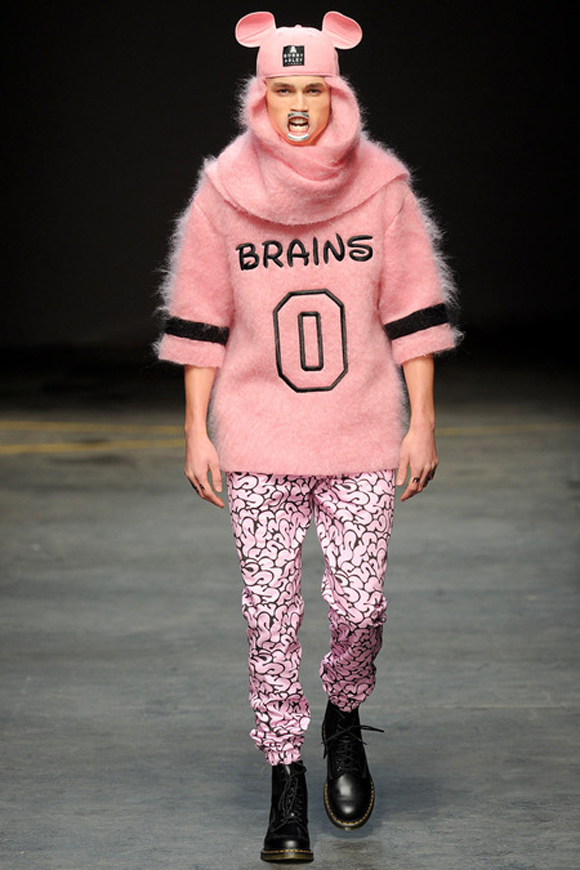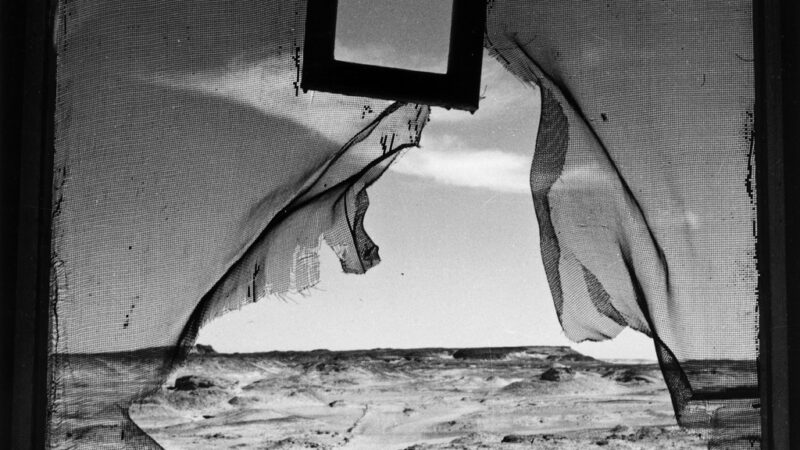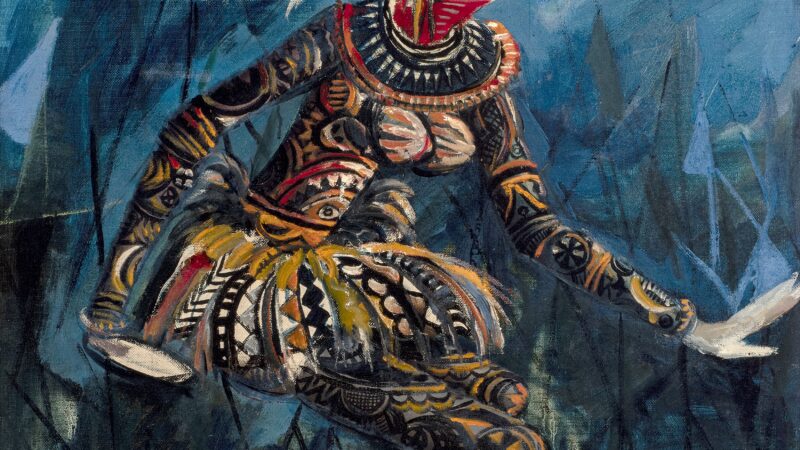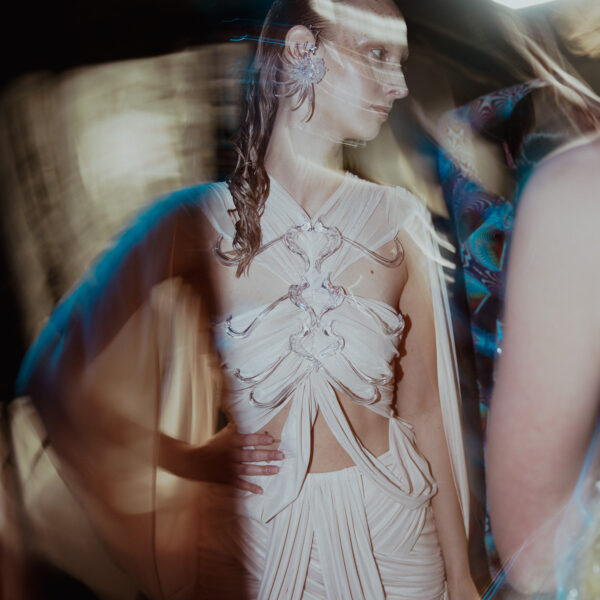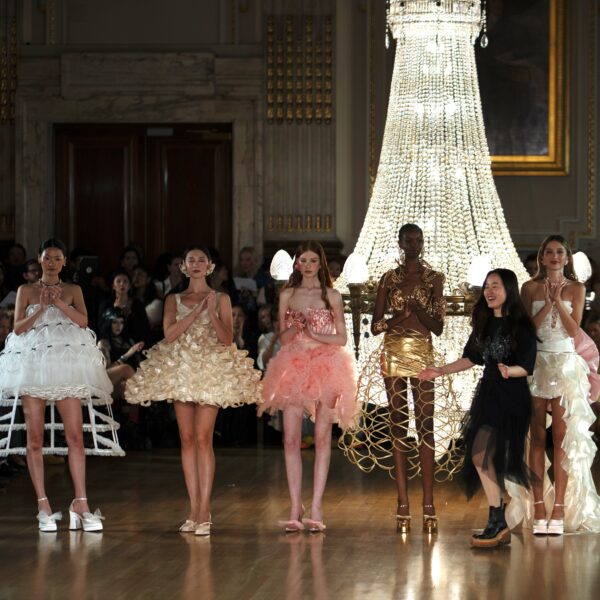The Modern Man: METROSEXUALITY
When we think of fashion, we think of eccentric style choices and vivid sartorial self-expression. Well, if you’re a woman that is. Compared to its female counterpart, menswear is often tame in comparison. Aside from sharp tailoring and blue denim, the world of menswear is one which has been stuck in a rut for too long due to social archetypes of masculinity and a relative lack of adventurous clients. However, the recent series of Menswear Fashion Weeks saw a new wave of designers come to the forefront by showing bold, statement pieces and re-designing our outdated views.
The growth of the industry and the new wealth of choice are indicative of a new, modern man that is beginning to replace the stereotypes of old. Unafraid to experiment and prepared to stand out, this new man is driving the future of menswear into a new, more exciting place. In this series of columns, we will see how the concept of androgyny is broadening and evolving past cliche. We will see how the lines between formal and casual are starting to blur, and we will see that men now have more choice than ever when deciding what to buy and what to wear. Essentially, we will see the influence of this modern man, and how he is quietly starting a sartorial revolution.
Finally, we come to the most ubiquitous debate in menswear today. In comparison to womenswear, there is a veritable chasm of unexplored space remaining in the menswear industry; the business is beginning to grow and expand at a more rapid rate than ever, which means that designers are now looking into the mindset of the fashion-conscious man to secure sales. Gender and social politics have advanced in leaps and bounds recently – from the legalisation of gay marriage through to the popularisation of drag queen culture (thanks RuPaul!), the concept of ‘metrosexuality’ is now more readily-embraced than ever. Modern men no longer see interest in fashion or beauty as a negative thing; many established skincare brands have created male grooming lines, with more and more beauty products targeted at men of all ages. It’s only natural that that this renewed interest in stereotypically ‘feminine’ fields has entered into the fashion world via that world-renowned concept, ‘Androgyny’.
The only difference is that, as is usually the case with fashion, controversy is at the core of the debate. Whether it was the leather-chapped chaps at Versace or the sexy (male) secretaries at J.W Anderson, the lines of gender were blurred in exaggerated fashion to stimulate debate. Unsurprisingly, it worked. Brilliantly. Anderson is the one menswear designer that has most consistently championed androgyny, stating in interviews that he makes clothing without gender and sees the idea of gender-associated clothing as a ‘boring’ concept. Therefore, it wasn’t the fact that his bow-neck blouses and peplum trousers were feminine that caused controversy; instead it was the element of subversity that comes attached to the outdated porno stereotypes of women. Nipples poked through skin-tight jumpers, PVC shirts came with a cascade of ruffles and the scarves bound around necks more closely resembled leashes than accessories – when topped off with patent platform boots, the overall aesthetic was one that many found difficult to swallow.
We can then look towards eccentric Italian icon Donatella Versace; herself, no stranger to controversy. Her divisive tastes and loyalty to the house’s flashy aesthetic mean that every Versace show is a highlight, whether it be for the right reasons or the wrong ones. Her A/W 2014 menswear collection saw a series of bronzed demi-gods strut down the runway dressed like editorial incarnations of the Village People; from codpieces through to backless chaps and studded leather, no camp stereotypes were left untouched. The show was designed as a reaction to the new anti-gay laws in Putin’s Russia, but it instead succeeded in reminding us that menswear can be just as frivolous and celebratory as womenswear. Will it result in London executives donning a studded codpiece over Saville Row tailoring? No. However, when dissected the show’s looks provided both the more wearable options (the slick overcoats, the colour-splash denim jackets) and the show pieces, creating a spectacle whilst doing so.
It wasn’t just the more established designers that were injecting their work with a feminine touch – two of London’s highlights came courtesy of Astrid Andersen and Bobby Abley, who both provided brilliantly modern takes on the trend. Abley introduced an element of kitsch with his Mickey Mouse hats and reworded Disney slogans, which were emblazoned across soft mohair tops in cream and candyfloss pink. The brutal-looking mouthpieces and frenetic soundtrack stopped the collection entering into confection-overload, and instead represented a young designer taking his childhood and embroidering into a gloriously fucked-up fashion tapestry. Andersen, on the other hand, chose to redesign the ‘baller’ stereotype by dressing muscular athletes in ‘ASTRID’ crop tops and baby-blue florals.
Overall, it seems that J.W Anderson’s statement now rings more true than ever. The modern man is one which is unafraid to associate with metrosexuality, whether it be via Kiehl’s skincare or a peplum trouser. Although there is still negative stigma around the feminisation of men, gender-neutral role models are more omnipresent than ever in the media. Models such as Andrej Pejic walk both menswear and womenswear runways, whereas characters such as Carmen Carrera and Laverne Cox (star of ‘Orange is the New Black’) are giving candid insights into transgender life through the media. As these stars continue to infiltrate the mainstream, minds are being opened to the concept of gender-neutrality. Men are now less afraid to take risks with fashion, and there are (luckily) an abundance of designers that are seeing the potential to tap into a more carefree side of menswear. Options are being introduced, boundaries are being pushed and the modern man is now presented to express himself as freely as a fashion-conscious woman. From sportswear becoming businesswear, men wearing skirts and designers creating with fewer restrictions, the possibilities for a more exciting future in menswear are finally becoming a reality. It is down, mainly, to this ‘modern man’ – for embracing change, rebuking negativity and stepping out in style.
– Jake Hall


